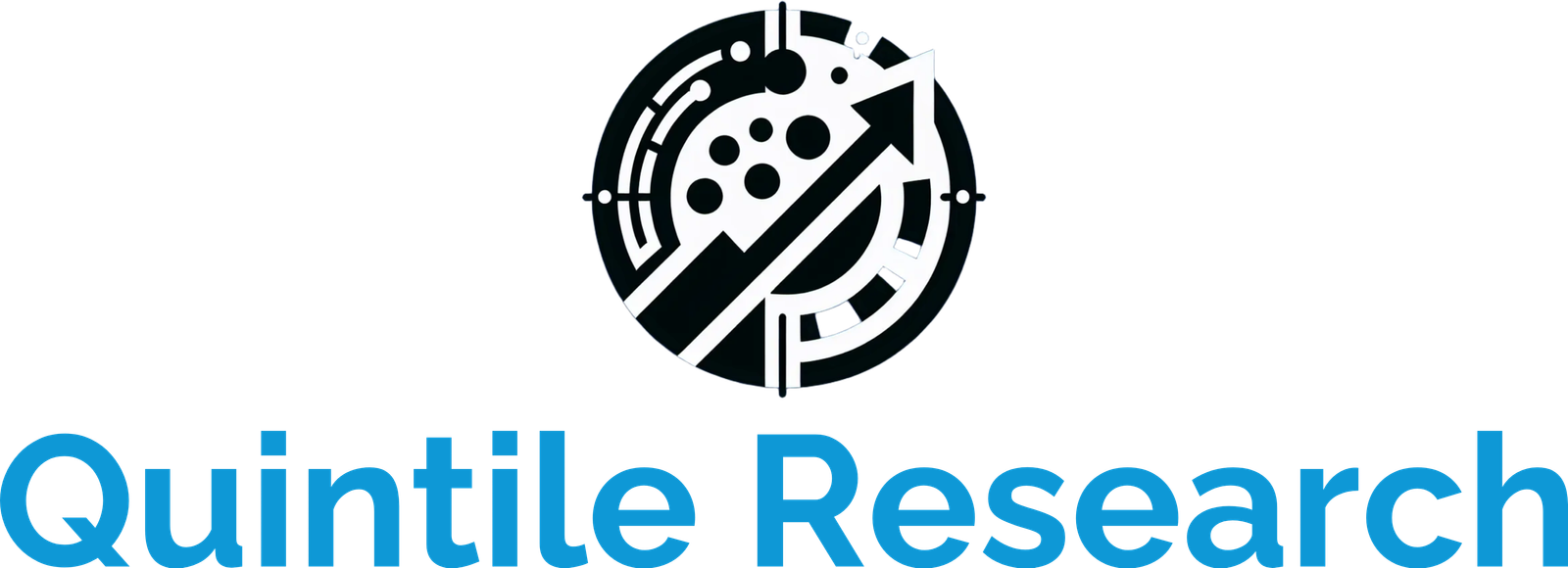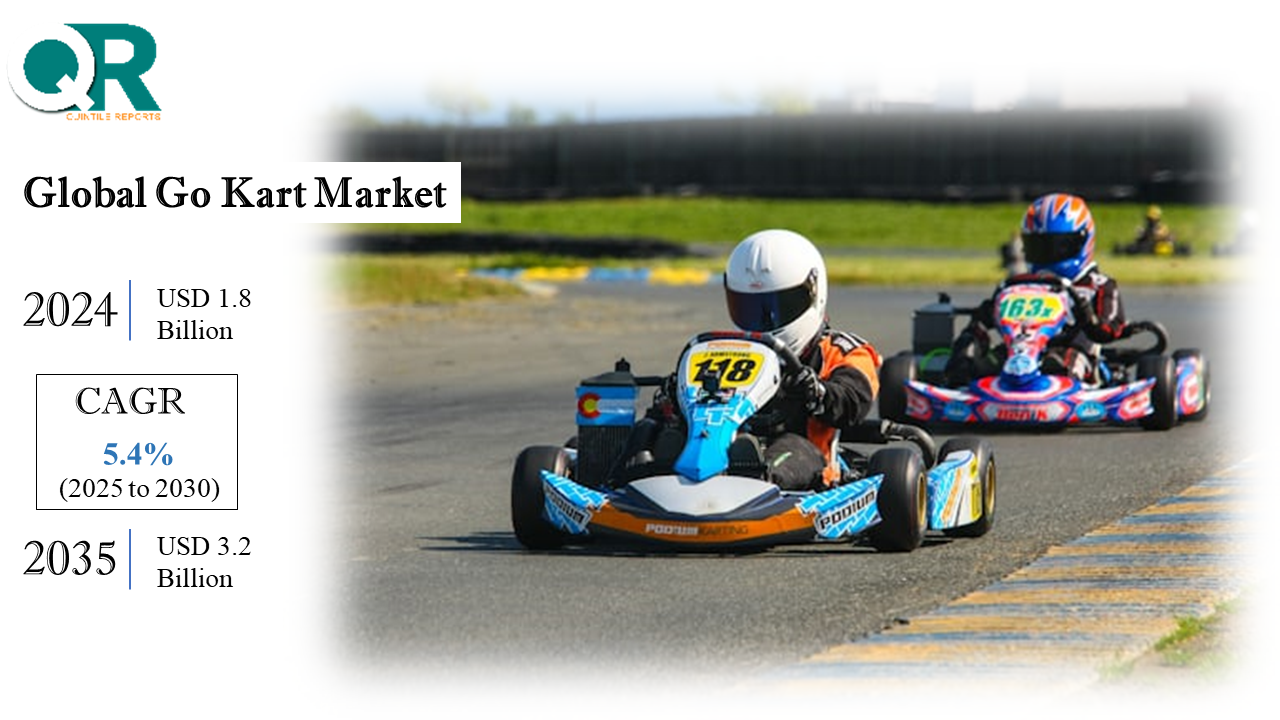
Market Overview
The global moisture curing adhesive market has witnessed significant growth over the past few years and is projected to continue on an upward trajectory in the coming decade. As a result of increasing industrial applications and a growing demand for efficient bonding solutions, the current market size is estimated to reach approximately 7.69 billion in 2025. This substantial valuation is backed by factors including rapid urbanization, technological advancements, and an expanding automotive and construction sector, all of which are contributing to the increased adoption of these adhesives globally.
Historically, the moisture curing adhesive market has experienced steady growth, driven by innovations in adhesive formulations and enhanced performance characteristics. Notable benefits such as excellent adhesion to various substrates and resistance to environmental factors significantly contribute to their popularity among manufacturers. As businesses strive for sustainable practices, moisture curing adhesives offer eco-friendly options, aligning with industry shifts towards environmentally responsible products.
Key factors propelling the market include the rising demand for water-based adhesives, which are perceived as safer alternatives to solvent-based options. Strong growth in end-user industries, particularly in regions such as Asia-Pacific, North America, and Europe, underscores the expanding scope of moisture curing adhesives, with estimates suggesting that the market could reach around 12.62 billion by 2034. Moreover, the push towards energy-efficient construction practices further bolsters the demand for adhesives capable of performing reliably under various environmental conditions.
The landscape of the moisture curing adhesive market is evolving, influenced by consumer preferences and regulatory standards. A detailed analysis of market trends indicates a notable shift towards high-performance formulations tailored to meet specific application requirements, driving innovations and fueling future growth prospects. As we progress, understanding these dynamics will be crucial for stakeholders looking to navigate this competitive and rapidly changing market environment.
Growth Drivers and Market Trends
The moisture curing adhesive market is witnessing significant growth driven by various factors, extending from advancements in technology to increasing demand from diverse end-use sectors. One of the principal growth drivers is the ongoing innovation in adhesive technology. Manufacturers are investing in research and development to enhance the performance characteristics of moisture curing adhesives, resulting in products with superior bonding strength, flexibility, and resistance to environmental factors. These advancements not only improve product performance but also allow for wider application across different industries.
Another critical factor propelling the moisture curing adhesive market is the escalating demand from key end-use sectors, especially construction and automotive. The construction industry is increasingly adopting moisture curing adhesives due to their excellent bonding properties, which are essential in applications such as flooring and roofing. In the automotive sector, the shift towards lightweight materials and the increasing emphasis on fuel efficiency create a growing need for high-performance adhesives capable of bonding various substrates effectively.
Furthermore, environmental considerations are playing an essential role in shaping the moisture curing adhesive market. There is a rising trend towards the use of sustainable materials, prompted by regulatory requirements and a growing environmental consciousness among consumers. Moisture curing adhesives typically contain lower volatile organic compounds (VOCs), aligning with the demand for greener products. This shift towards sustainable materials is anticipated to create new opportunities within the moisture curing adhesive market, appealing to eco-conscious consumers and industries alike.
In addition to these growth drivers, several emerging trends are likely to impact the market during the forecast period. The adoption of automation and digitalization in manufacturing processes is expected to enhance productivity and efficiency. The focus on customized adhesive solutions tailored to specific applications is also becoming more prevalent, further driving innovation within the market. Overall, these dynamics indicate a promising future for the moisture curing adhesive market as it adapts to changing demands and technology advancements.
Challenges and Restraints
The moisture curing adhesive market is poised for growth, yet it faces several challenges and restraints that could impact its trajectory. One significant challenge is the regulatory environment. Regulatory hurdles can vary widely across different regions, with stringent requirements on environmental impact, safety, and health considerations. Companies must navigate these complexities to ensure compliance, which often incurs additional costs and could slow down product development and time to market.
Another notable constraint comes from competition with alternative adhesive technologies. The adhesive industry is marked by rapid advancements, with innovations in non-toxic, water-based, and bio-based adhesives gaining traction. These alternatives often offer favorable characteristics, such as easier application processes and reduced health risks, which can capture market share from traditional moisture curing adhesives. As a result, manufacturers in this sector must invest in research and development to enhance the performance of their moisture curing products to remain viable against these competing technologies.
Market fluctuations due to unpredictable economic conditions also pose a challenge for stakeholders in the moisture curing adhesive market. Economic downturns can lead to decreased construction activity and reduced demand from end-use sectors, such as automotive and construction. Volatile raw material prices further exacerbate this issue, impacting profit margins and prompting manufacturers to analyze and adjust their pricing strategies carefully. Companies that can proactively respond to these economic shifts are likely to navigate the turbulent market landscape more effectively.
In conclusion, understanding these challenges—regulatory compliance, competition from alternative adhesives, and market fluctuations—enables businesses in the moisture curing adhesive market to devise strategies that not only mitigate risks but also capitalize on emerging opportunities for growth.
Future Outlook and Strategic Recommendations
The global moisture curing adhesive market is poised for significant growth in the coming years, underpinned by a robust compounded annual growth rate (CAGR) of 7.25% projected from 2025 to 2034. This growth is driven by an increasing demand across various end-use industries such as construction, automotive, and packaging. As stakeholders navigate this evolving landscape, it becomes imperative to adopt strategic measures that can effectively capitalize on emerging opportunities while mitigating potential risks.
One of the key recommendations for businesses involved in the moisture curing adhesive market is to invest in innovation. With technology rapidly advancing, the development of superior adhesive formulations that offer enhanced performance, environmental sustainability, and user-friendliness will play a critical role in maintaining competitive advantage. Companies should prioritize research and development initiatives that focus on creating products that align with industry needs and consumer preferences.
Additionally, fostering collaborations and partnerships can yield positive outcomes. By joining forces with suppliers, distributors, and even competitors, businesses can pool resources, share expertise, and access broader markets. This strategic alignment not only facilitates knowledge exchange but also accelerates product development timelines and market entry for new adhesive solutions.
Furthermore, monitoring market shifts and regulatory changes is essential for adapting strategies effectively. Stakeholders must remain agile and responsive to fluctuations in consumer demand, competitive dynamics, and evolving standards. By harnessing data analytics and market intelligence, companies can anticipate trends and adjust their offerings accordingly.
In conclusion, the moisture curing adhesive market presents a vibrant future characterized by growth opportunities. By investing in innovation, fostering strategic collaborations, and maintaining agility in response to market changes, stakeholders can position themselves for long-term success in this dynamic environment.


